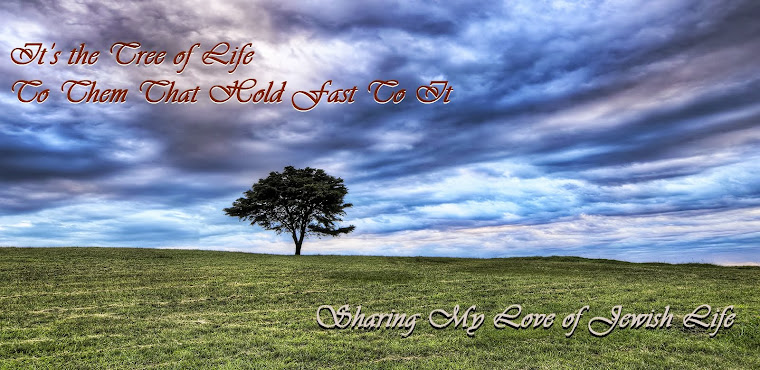This week’s parsha, parshas Tzav, is a short portion that is both simple and complex at the same time. It is simple because it is detailed instructions on the performance of the karbanos (offerings) and on the dressing of the kohanim (priests). It is complex because, for most of us - particularly two thousand years since the destruction of the Temple, the details of the sacrificial service are almost impossible to imagine.
The name of the parsha, Tzav, is the first word of the second pasuk. (The first verse being the almost generic: “And God spoke to Moshe, saying…”) Tzav means command, and the verse states: “Command Aaron and his sons saying, this is the teaching of the burnt offering…” (Vayikra 6:2). The burnt offering burns upon the altar all night, and the instructions that follow are the performance of the morning service. Numerous commentators explain that the use of the word Tzav implies a command for zrizus, to make haste to do the mitzvah without delay. In this case, its performance, the beginning of which is described in the second half of the verse, is the start of the sacrificial schedule of the day since “the burnt offering itself [offered the night before] shall remain which it is burned upon the altar all night until morning, while the fire on the altar is kept going on it.”
One would expect the next verse to continue immediately into describing what the priest was meant to do with the remnants of the burnt offering, which It does, but with a brief interruption: “The priest shall dress in linen raiment, with linen breeches next to his body; and he shall take up the ashes to which the fire has reduced the burnt offering on the altar and place them beside the altar” (6:3). The word used to indicate linen garment is mido bod, about which Rashi states: “This is what is elsewhere termed the ketones, the undercoat; and why then is it here called mido? To intimate that it must be made to his measure.”
Not only does the Torah interrupt the instructions for how to complete the burnt offering with instructions for how the priest must be dressed, but it adds in a subtle notation about how those clothing should fit. What is the lesson that we learn from this?
The most obvious lesson, one mentioned by several commentators, is about the importance of maintaining the dignity of the office. Even when going out to perform a mundane and potentially dirty task that is part of the avodah, one must present himself in the priestly garb. Furthermore, that garb, which represents the kahuna, the priesthood, must be properly fitted, which again is important to presenting the dignity of the individual priest.
One could also look at this subtle instruction for individually sized garb to be a comfort to the ranks of priests to come. Even raised as they were to know that as kohanim they had special privileges that came from their unique – and demanding – responsibilities, it could, perhaps, have felt daunting to imagine becoming one of a stream of kohanim each indistinguishable from the next by the clothing they wore. By using the term mido, there is an acknowledgement of the importance and necessity of recognizing each of the kohanim as individuals.
The term mida, which translates as measurement, is often used to describe a person’s character traits – both good and bad. While living according to Torah is, at its most basic, about following the laws set down by God, within every mitzvah one finds the means to improve one’s midos. Here in Tzav, as we are given a lesson about how each priest must have his own garb sized appropriately for him, we can also reflect on how each of us has our own God given personality, our own unique mix of midos designed by Hashem to dress our unique neshamos as we move into the world to do mitvos. If we find them too “tight” we can change them, if we find them too “loose” we can adjust them – that is the work of improving ourselves.
Soon we shall celebrate the seder. One of the most memorable, and complex, passages of the seder, is the listing of the four sons. Much has been written about this dialogue – about the stiffness of the question of the Wise son, the seeming harshness of the response to the Wicked son, the role of the Simple son, and the true character of the son Who Cannot Ask.
The four sons are broad characterizations, but they, too, are a comfort and a reminder at the Seder that in the Jewish world there is an acknowledgement that we are individuals, that we have individual needs. The four sons are not static. Each of us can, and most probably does, fit each of the categories at different times in our lives. Many of us have, and will, experience times when we are uncomfortable with the state of our role, with the place we are in, but the solution is here in Tzav.
The kohein must rise in the morning and dress himself in his made-to-measure garb and act with zrizus to begin the morning service. Each of us must take who we are, dressed in the midos that we have at that moment, and work with intention to become better people and to build a stronger connection to Hashem.
